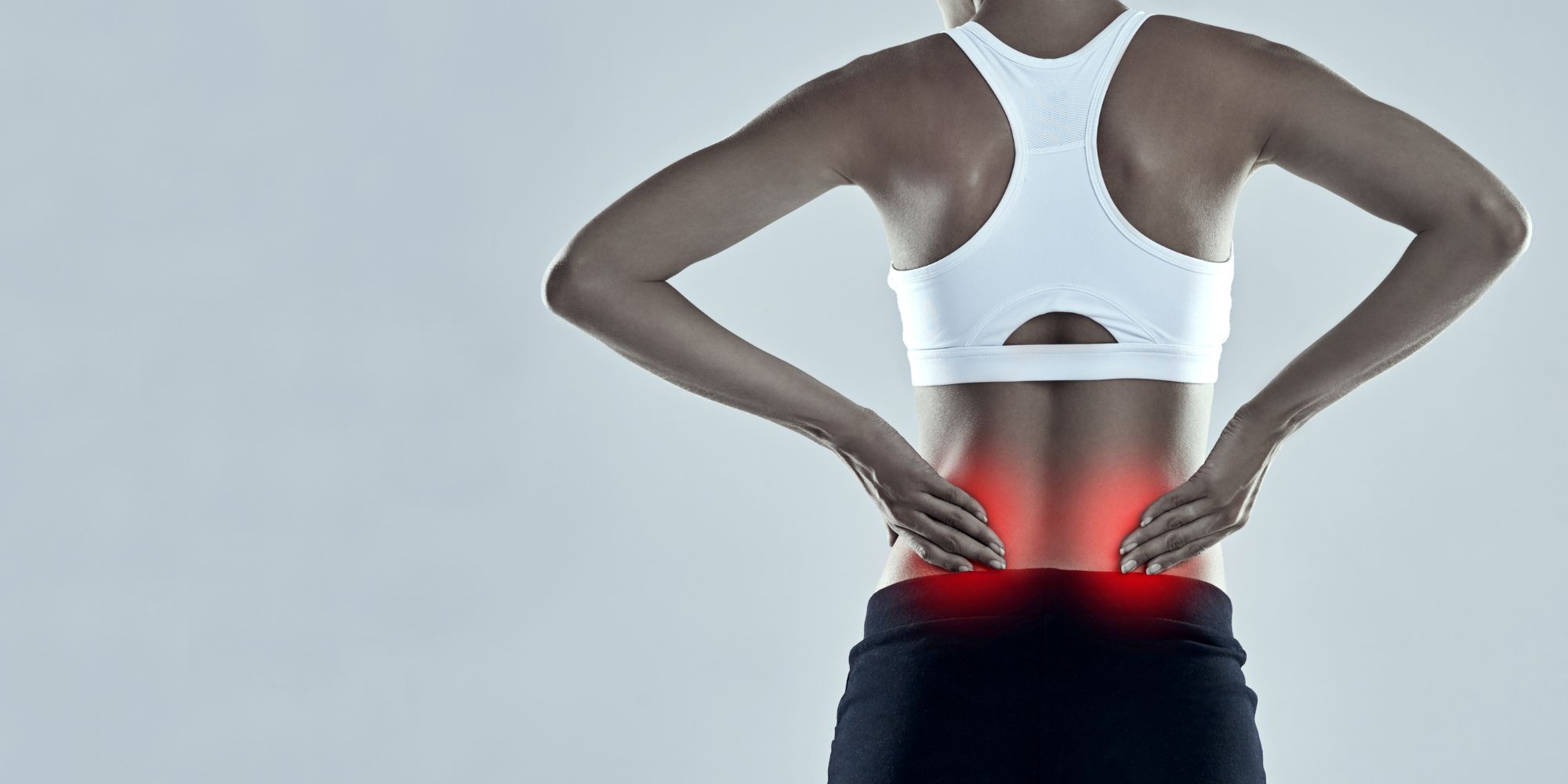Many of us have experienced lower back pain at some point in our lives. Whether that is after a fall, running or simply sitting down for too long most days. SIJ is short for ‘sacroiliac joint’, and SIJ pain contributes to around 15-30% of back pain. But most of us don’t know much about it, so today we are delving into SIJ pain and how we can help!
What is the SIJ?
The SI joints are located either side of the lower spine, in between your pelvis, specifically, they connect the sacrum to the iliac bones — hence the name sacroiliac! The joints themselves are pretty immobile and only allow for a few degrees of movement, BUT they serve an important purpose as shock absorbers. They also help reduce the pressure on your spine by distributing weight across your pelvis, so it’s important that your back pain is diagnosed correctly!
What causes SIJ pain?
SIJ pain or SIJ dysfunction occurs when the SI joints are inflamed and are either restricted or moving too much. If they are restricted, they may be stuck in a slight rotation from their ideal position, which can wreak havoc on your pelvis and the rest of your body. SIJ pain could be triggered from:
- Injury or trauma, such as a fall or car accident.
- Persistent impact from running or climbing stairs.
- Loose ligaments due to hormones in pregnancy.
- Abnormal walking patterns.
- Certain medical conditions such as arthritis.
- One leg being shorter than the other.
Symptoms
SIJ pain is typically felt in the lower back and buttocks, but can also present around the hip, groin and extend down the leg to the knee. It usually feels like a sharp, dull or a stabbing pain. In most cases, SIJ pain is typically felt on one side of the body but may present itself in both joints as well (but this is much less common).
Other common symptoms are:
- Difficulty sitting for long periods of time.
- Feeling of instability in the pelvis.
- Difficulty sleeping on the affected side of the body.
- Increased pain when walking or running.
- Pain with certain movements e.g. sitting to standing, bending, twisting.
We can help!
Sacroiliac pain is often misdiagnosed as another back injury, so we will perform a thorough examination to ensure we correctly diagnose and treat your body. This may involve checking where your pain is located, your posture, how you walk and even muscle strength.
Once correctly diagnosed, we can use a range of soft tissue massage and manipulation (if needed) to help release tight muscles and realign the pelvis. This will also be accompanied by some stretches and strengthening exercises for your glutes and core muscles.
In some instances, we may recommend a sacroiliac belt to help stabilise the area, especially when the joint is moving too much and is very painful (commonly seen in pregnant women when their ligaments begin to relax).
If you are currently experiencing SIJ pain, we recommend avoiding running and limiting movements that inflame the joints, such as lifting and jumping. Even sports such as cycling and golf may cause pain and discomfort.
Below are a couple exercises to try at home to strengthen your core and glutes:
Bridge: Lie down on the ground with your knees bent and feet on the floor. Place your palms either side of your body and slowly raise your hips. Hold for 5 seconds, then slowly lower your hips. Repeat 8-10 times.
The bird dog: Start on your hands and knees, make sure your hips and shoulders are square and you are looking towards the floor. Slowly extend one arm and the opposite leg. Hold for 5 seconds before releasing down and changing to the other arm and leg. Repeat 8-10 times.
If you think you may be suffering from SIJ or lower back pain and want to avoid experiencing it in the future then give us a call on (03) 8360 8363 to book your appointment!
